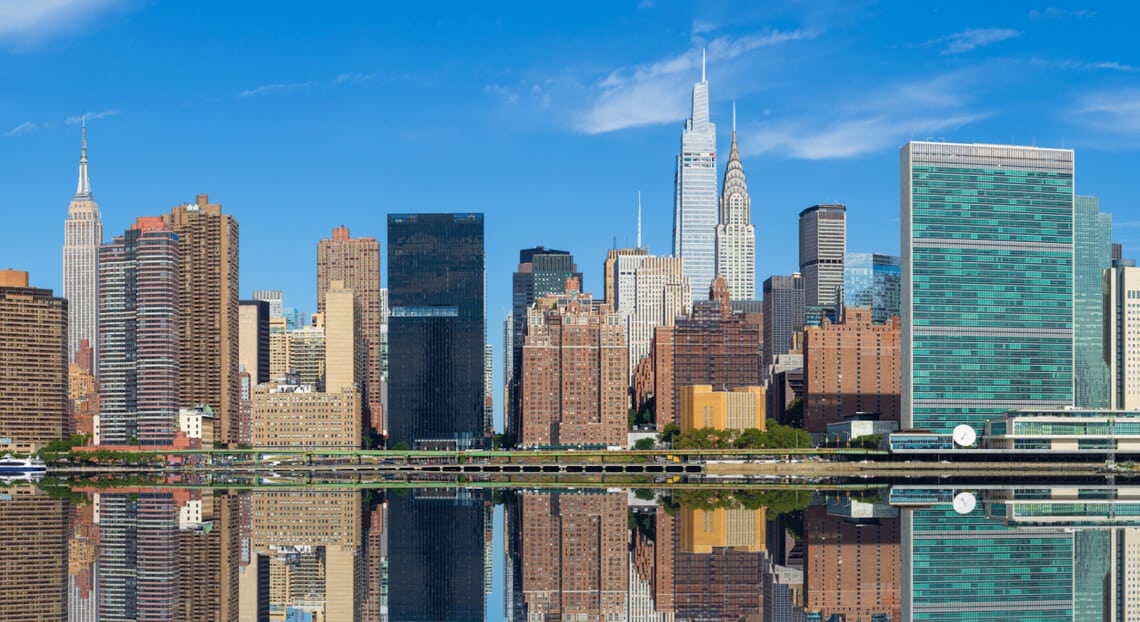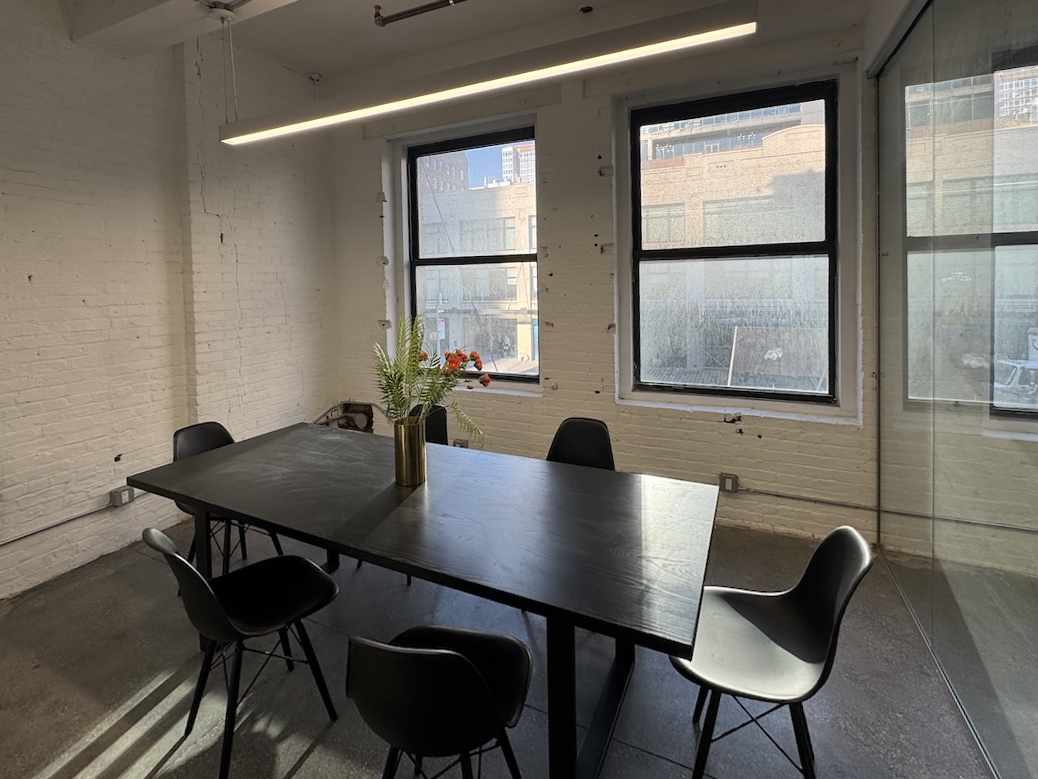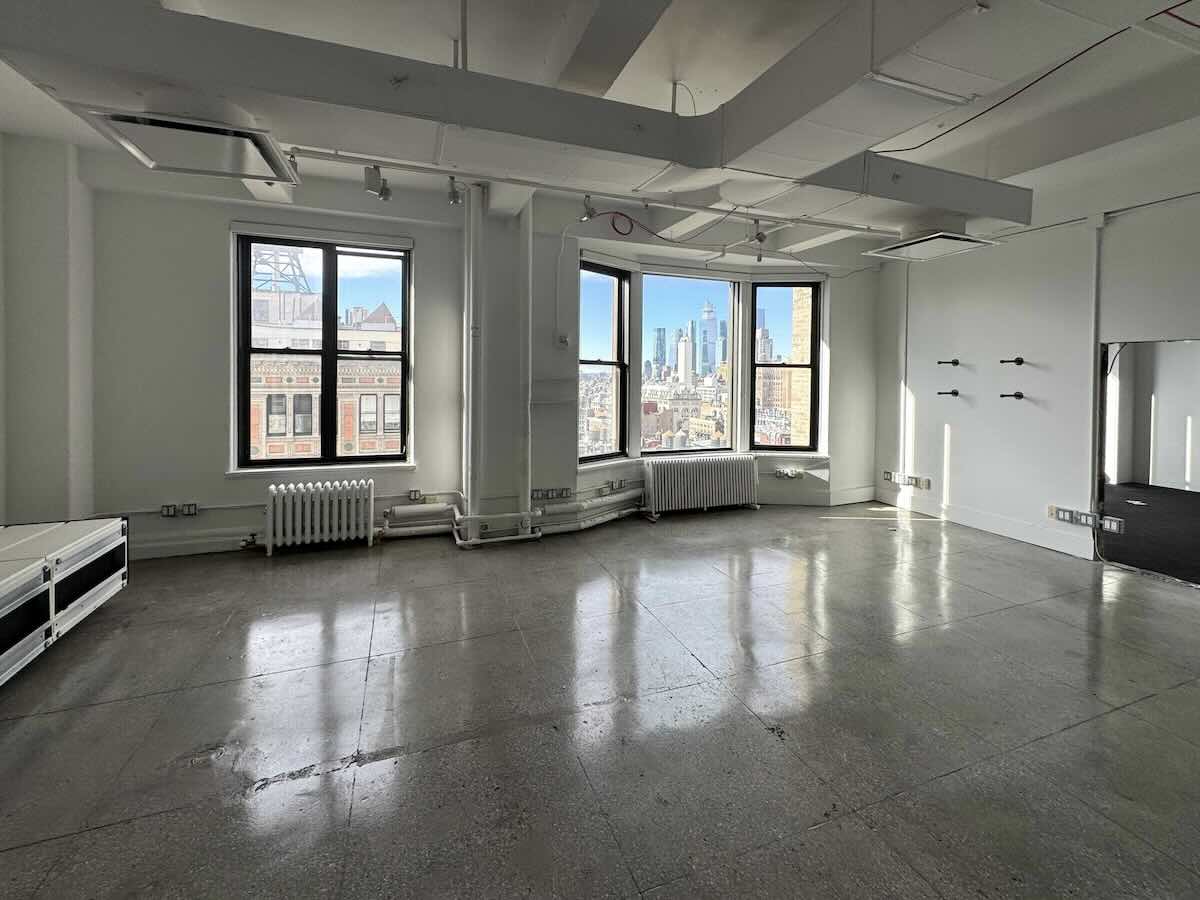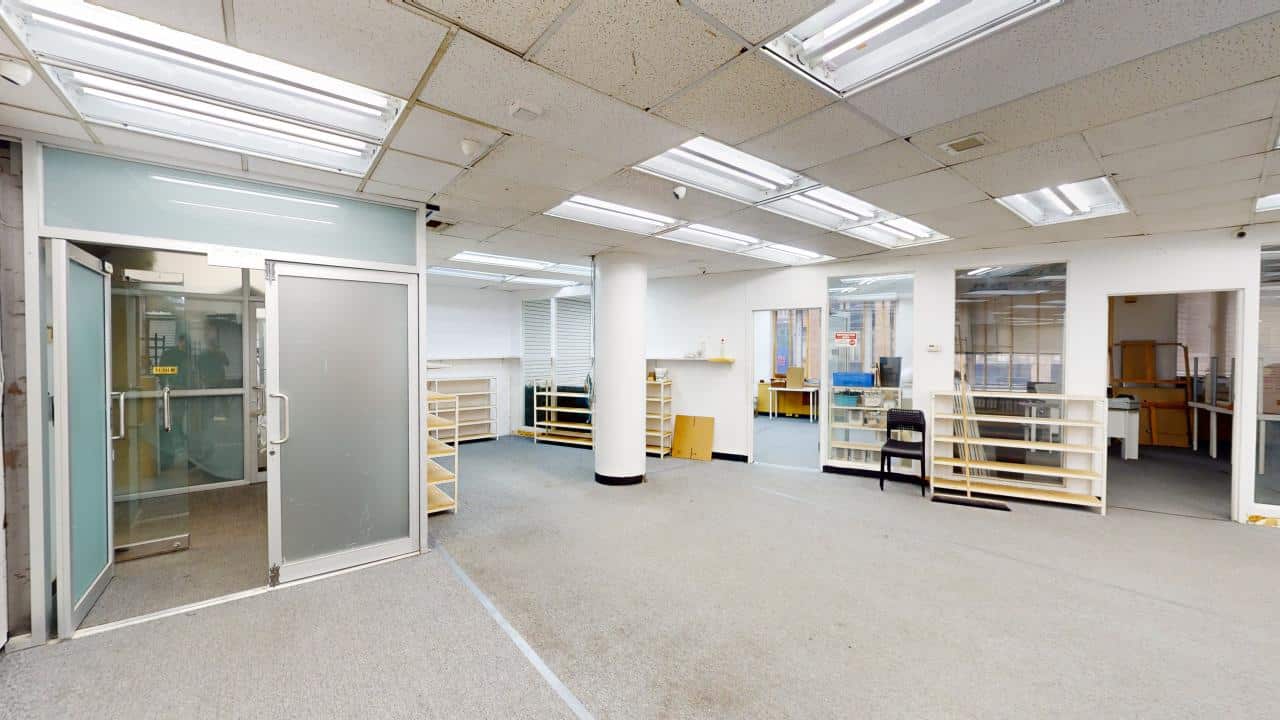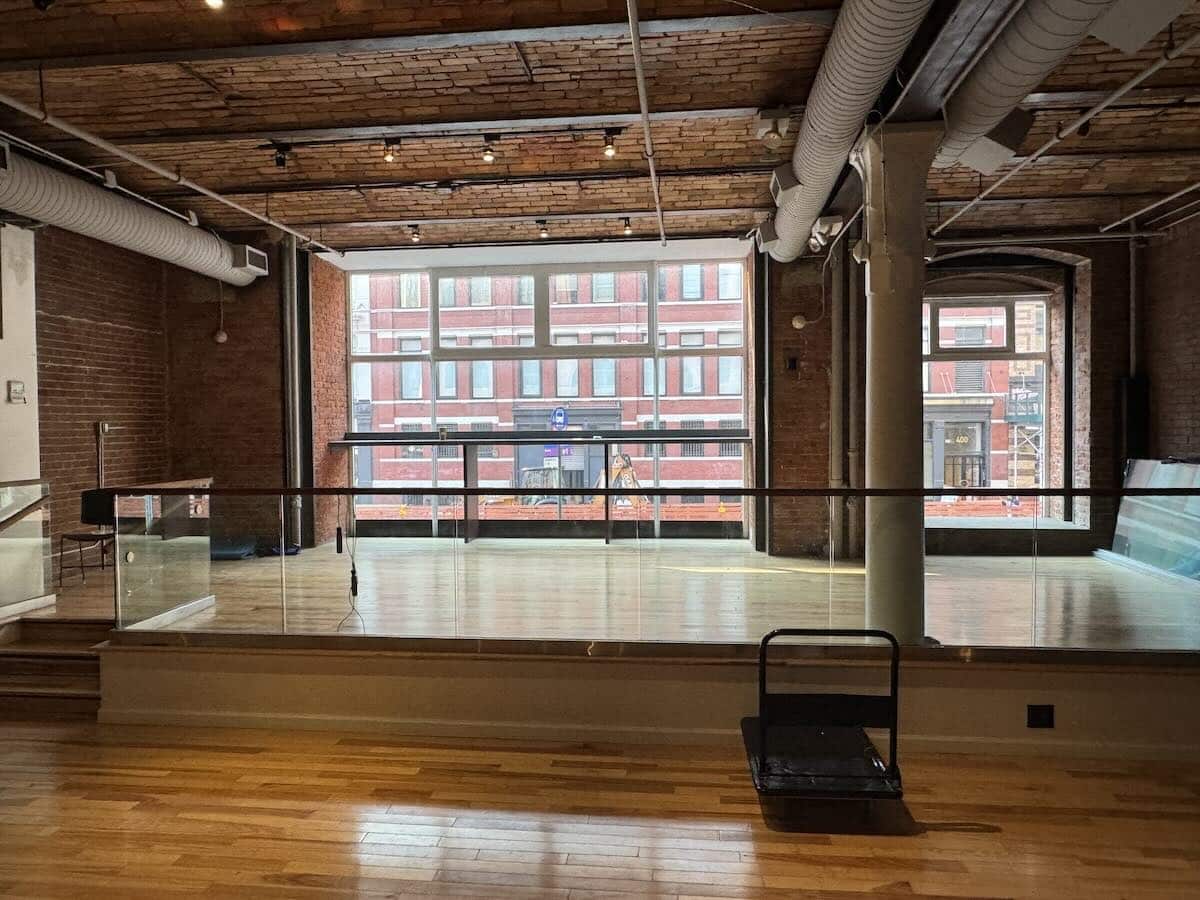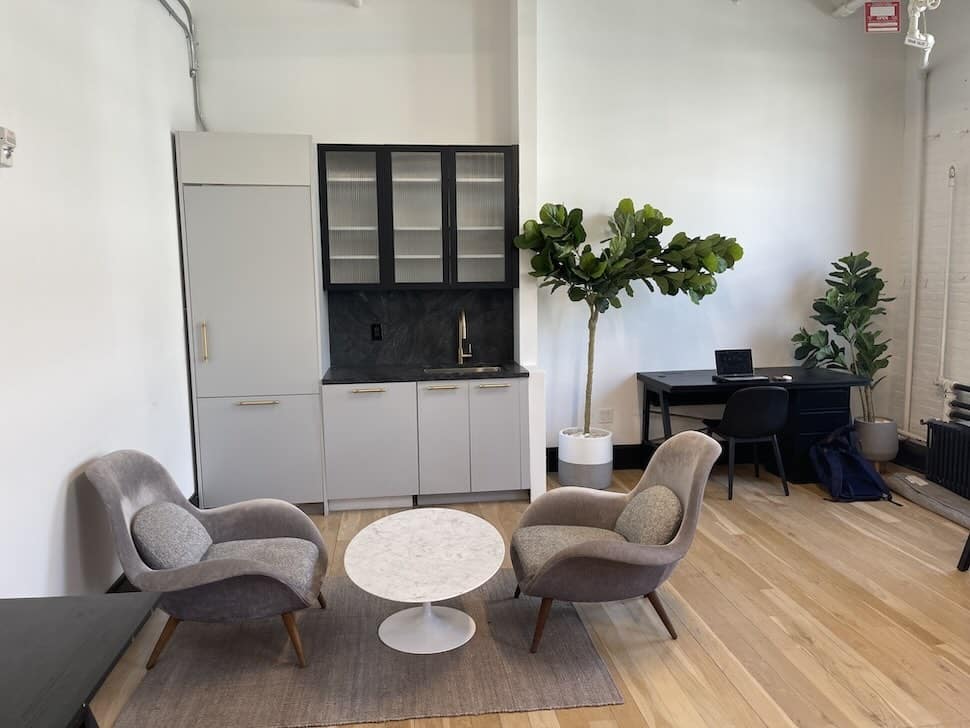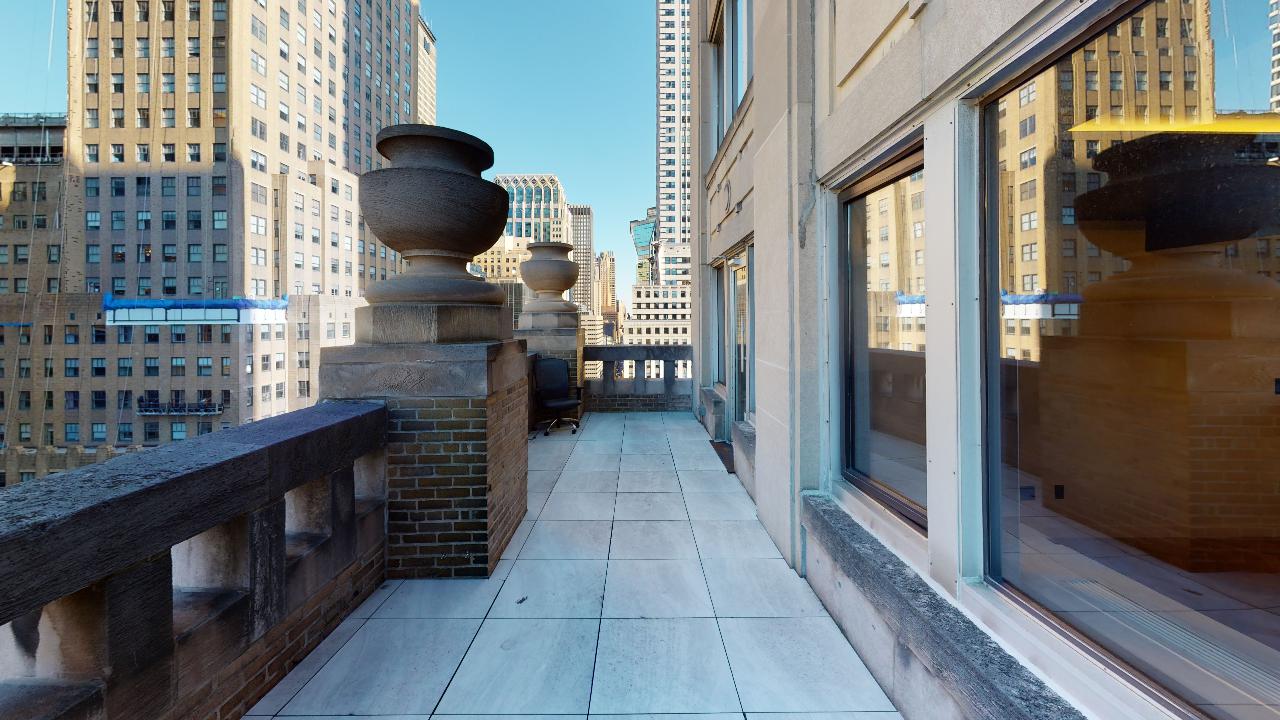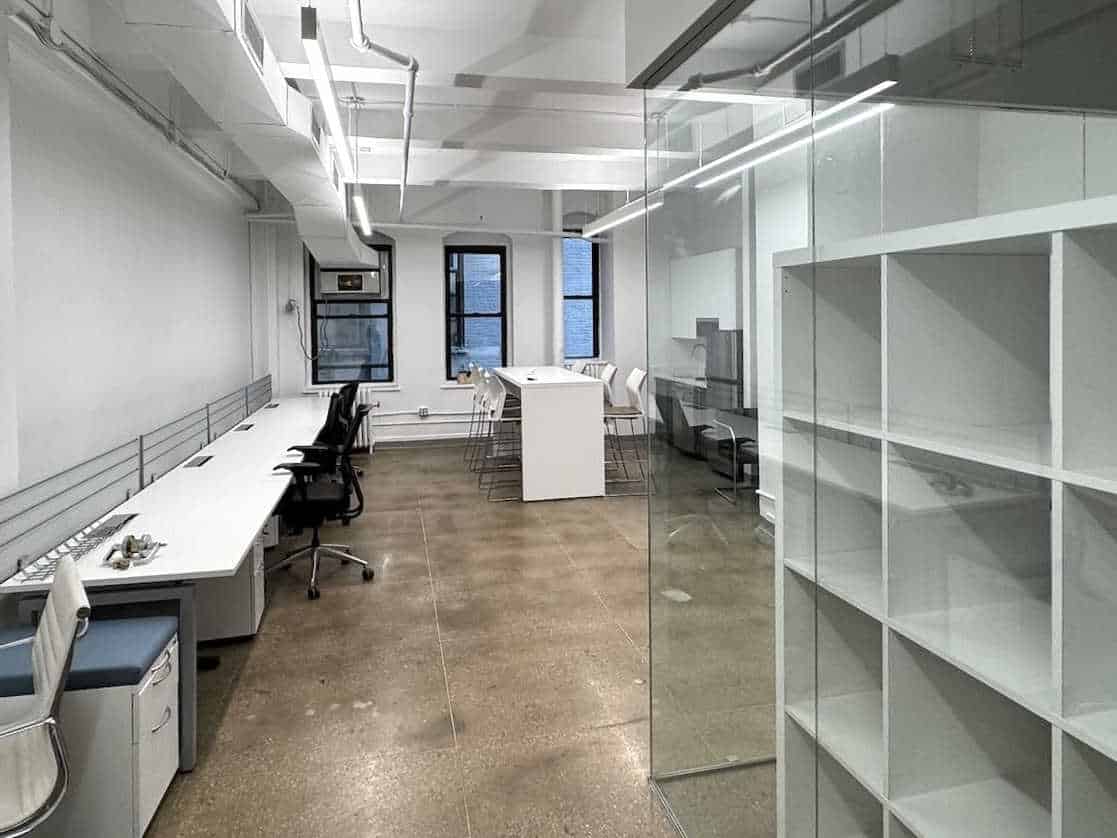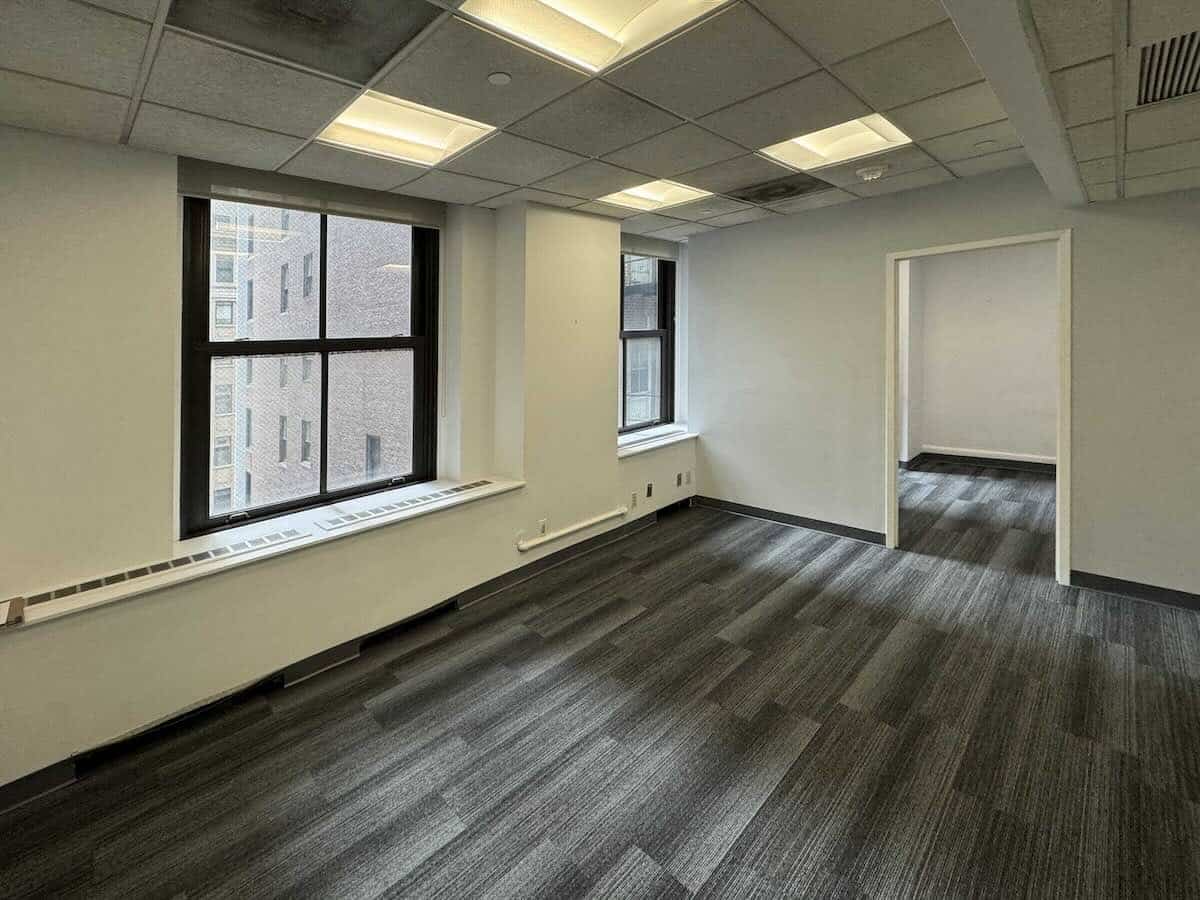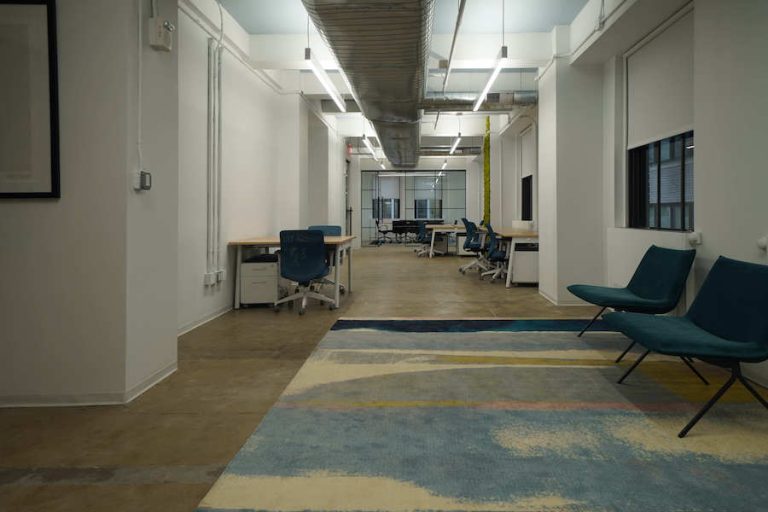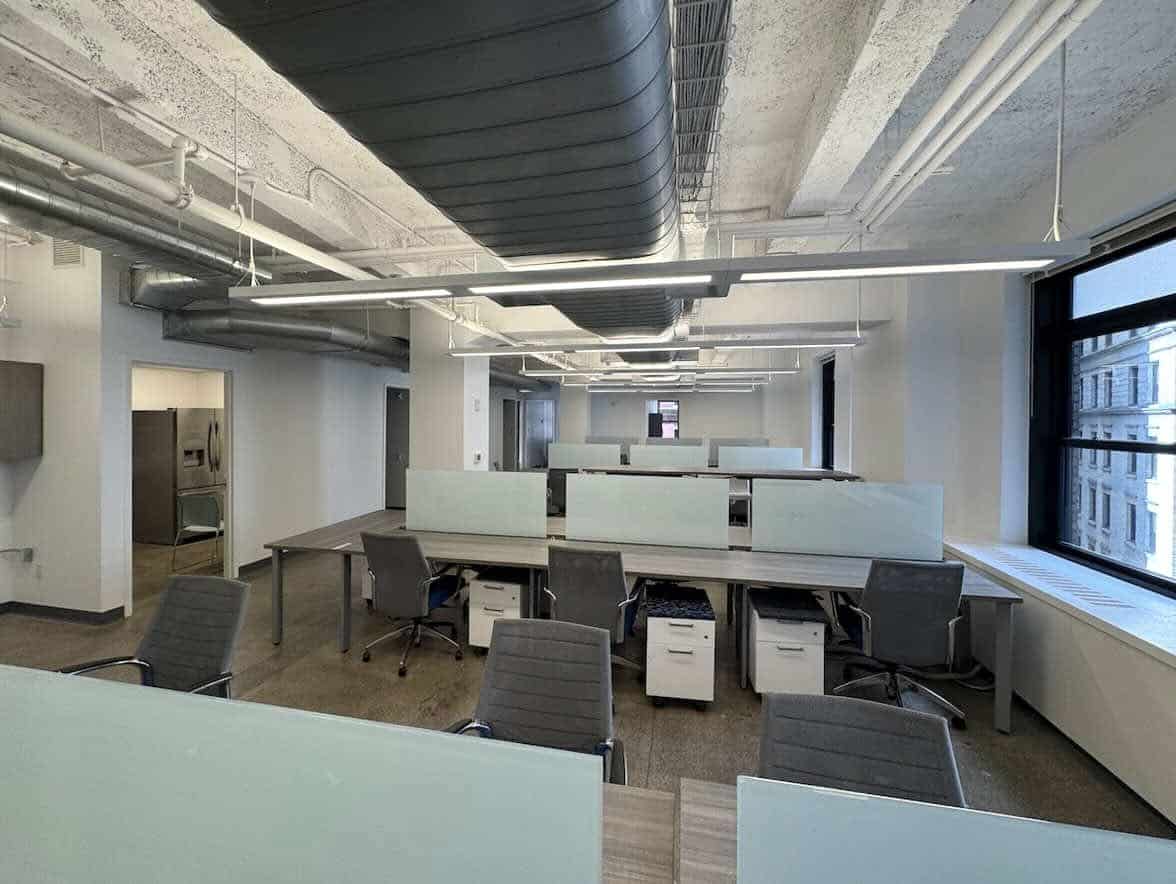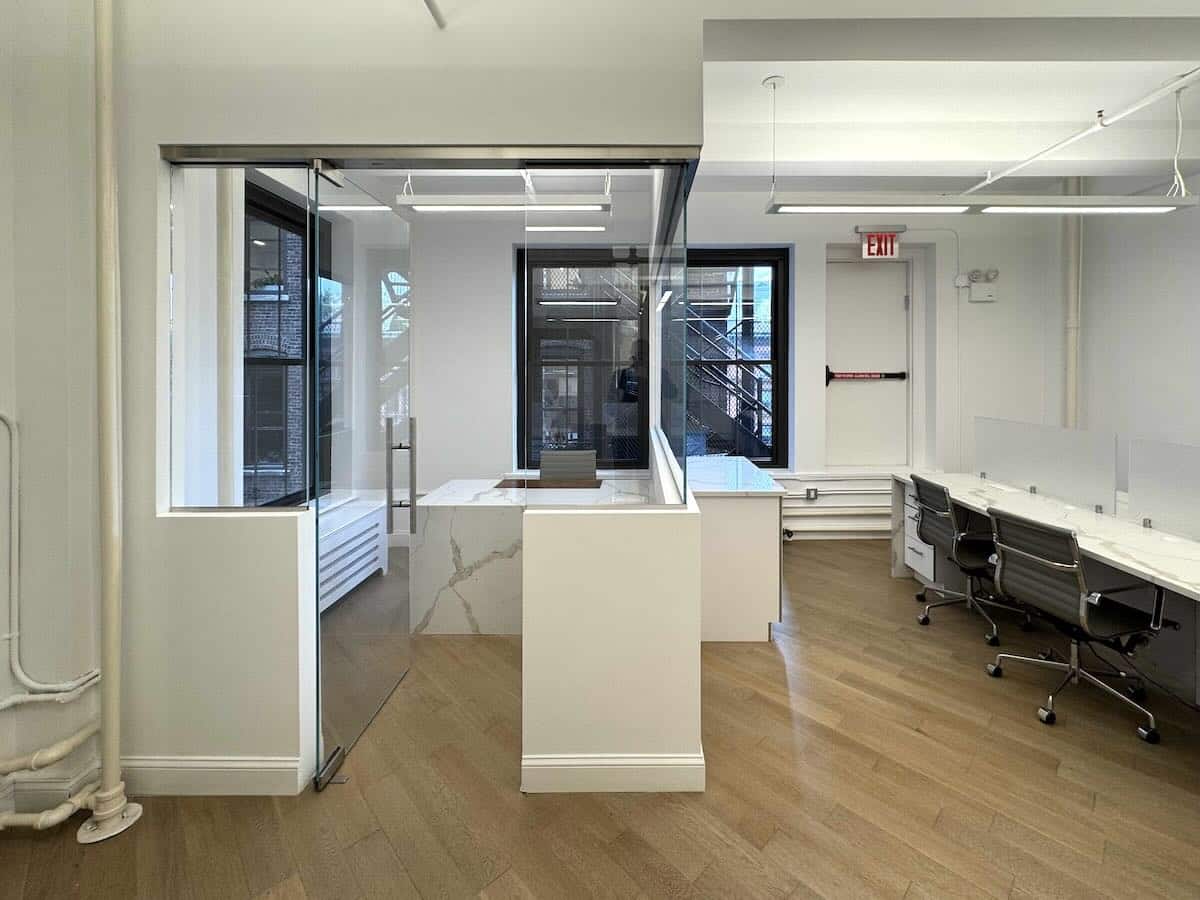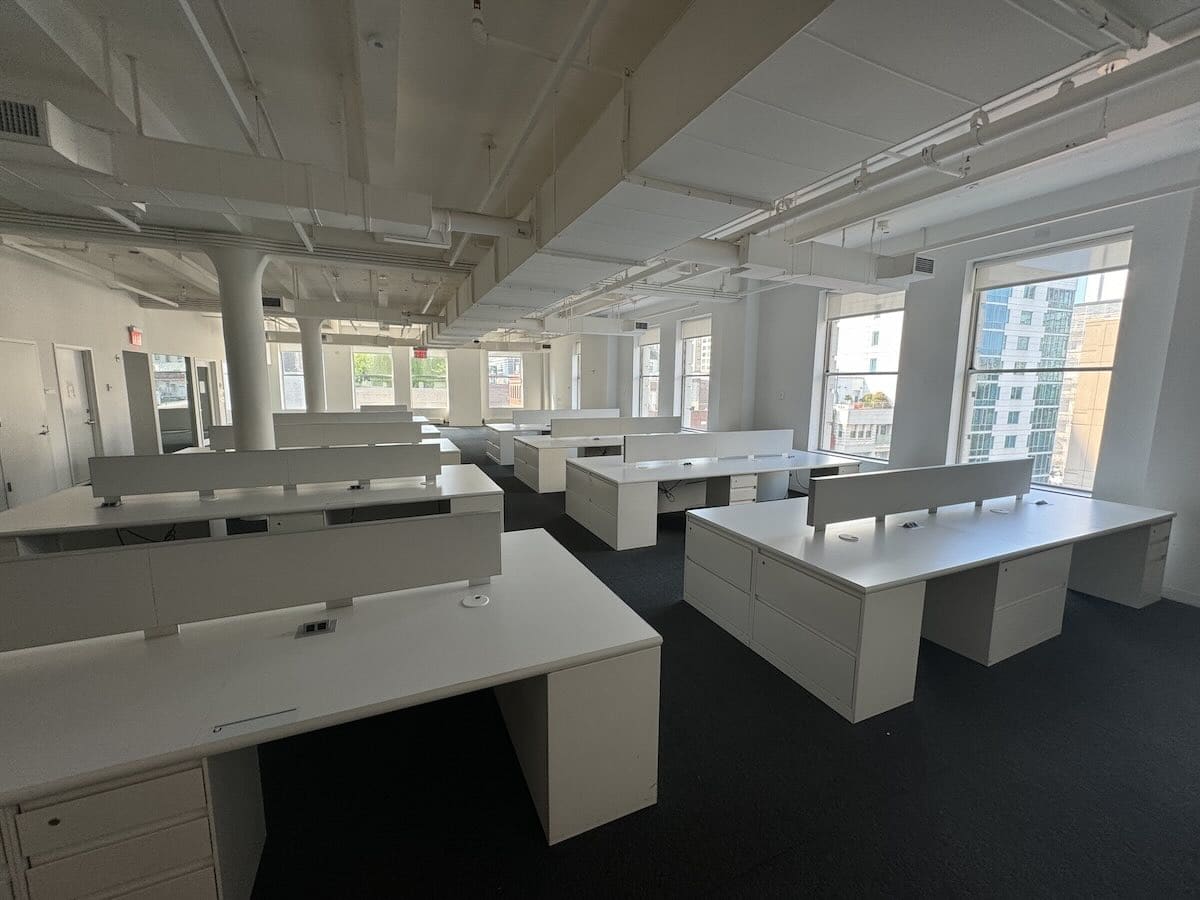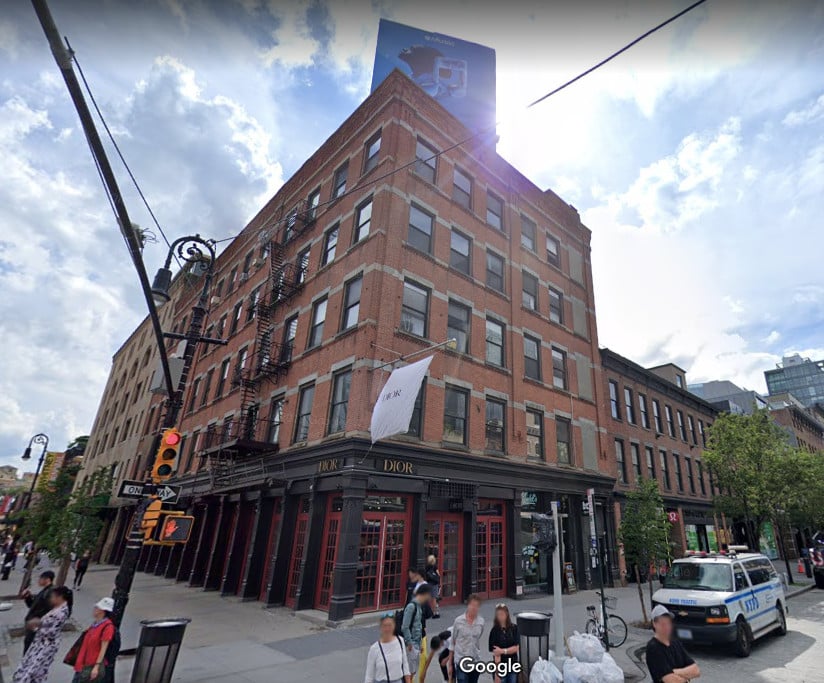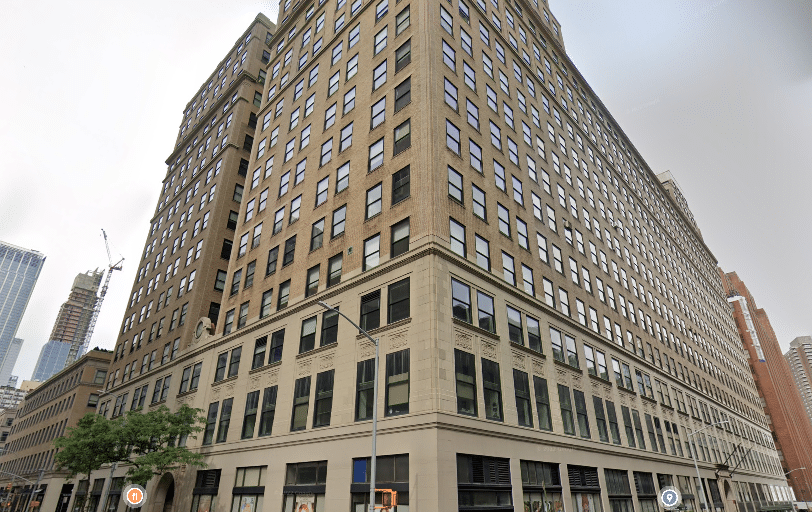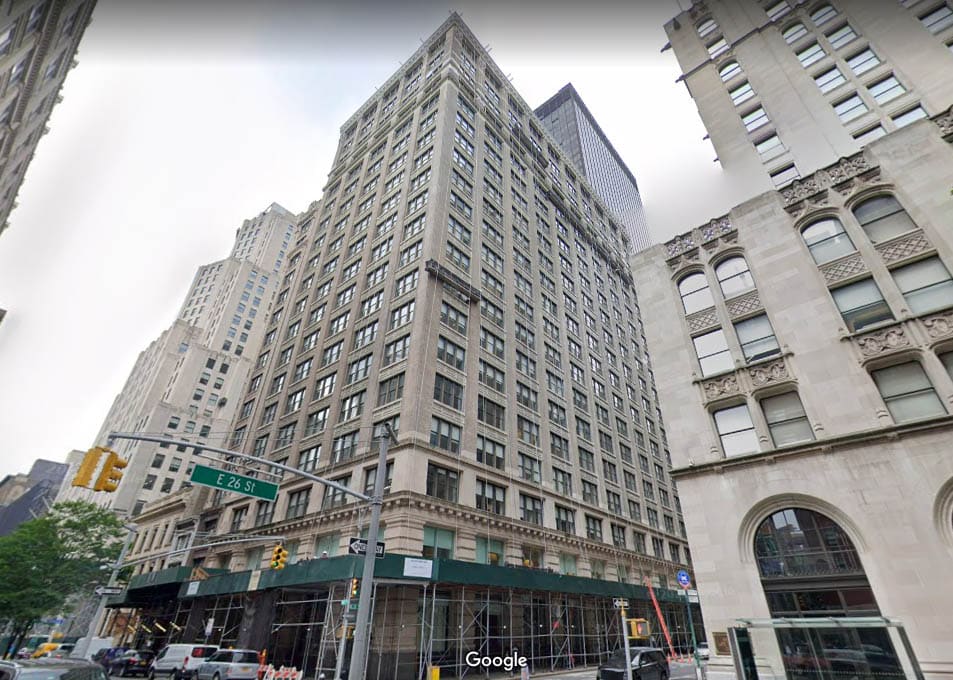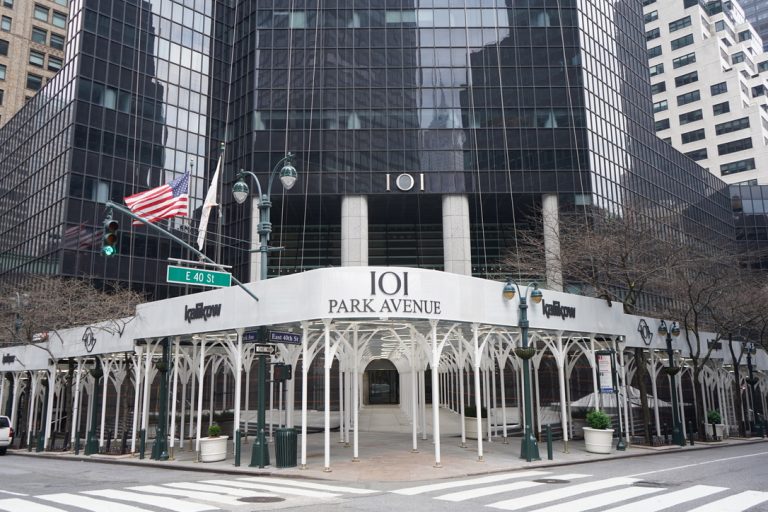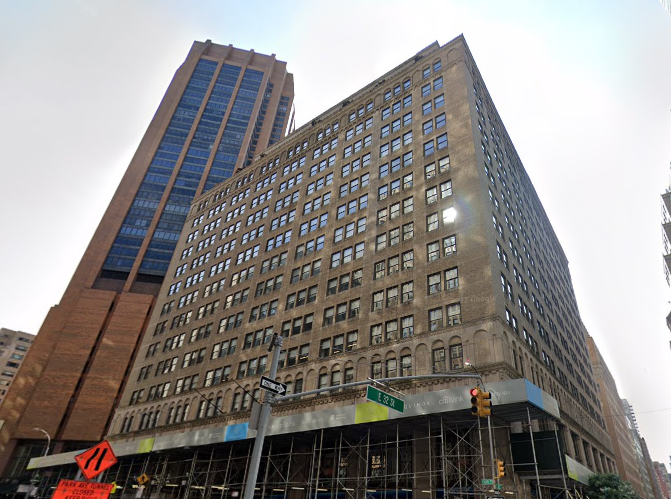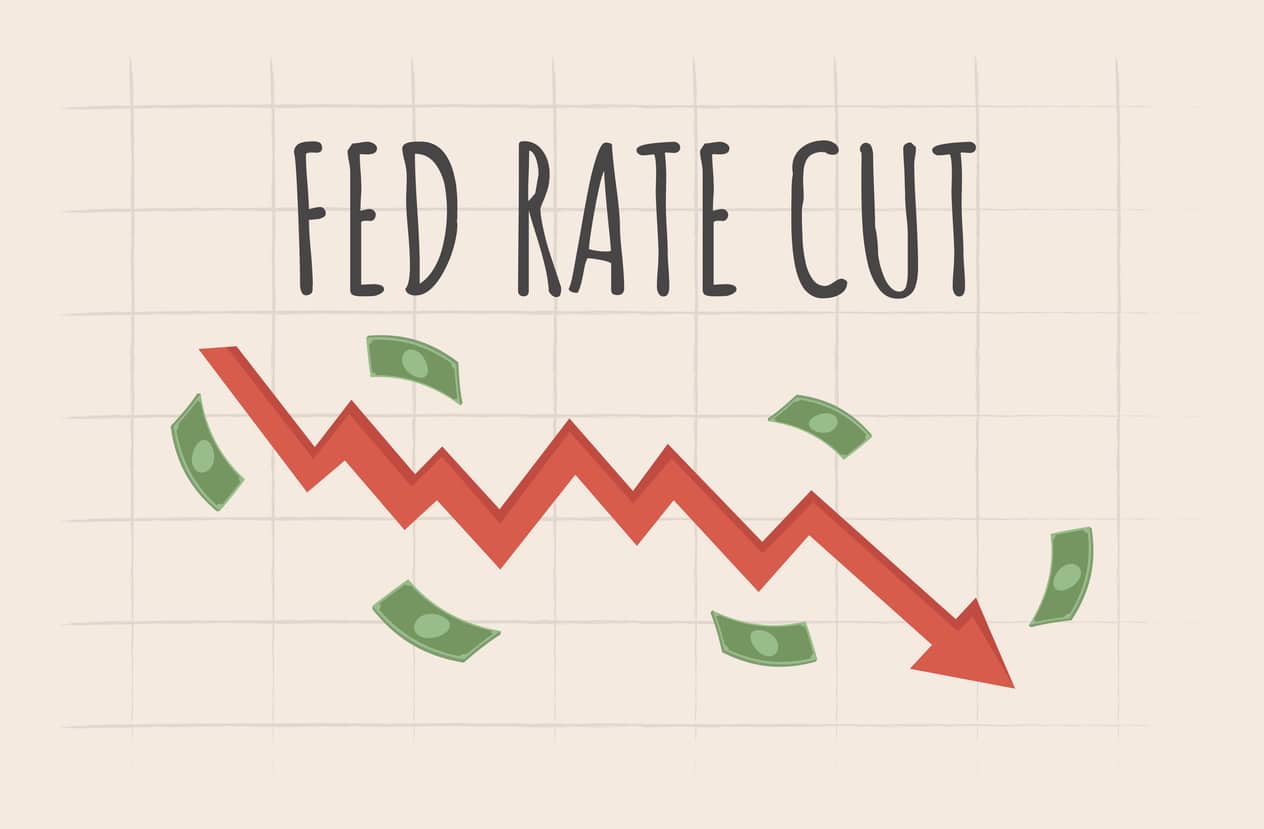On an unusually quiet NYC morning on September 14, city officials gathered at One Vanderbilt Avenue to mark the official opening of Midtown East’s newest skyscraper.
Mayor Bill de Blasio was joined by representatives from SL Green, Hines, and the National Pension Service of Korea, among others, for a ribbon-cutting ceremony at the 73-story One Vanderbilt.
It might seem like an awkward time to open a massive new office tower in the midst of a pandemic that has sent many workers home. However, building owner SL Green is confident that NYC will return to normal eventually; what’s more, the tower is already 60% leased, expected to reach 72% occupancy by the end of the year.
A one-of-a-kind project in the Grand Central submarket
The opening of One Vanderbilt marks a major milestone for NYC commercial real estate. The 1.8 million-square-foot office tower sits next to Grand Central Station and is a one-of-a-kind project in the Grand Central submarket. Most commercial buildings in this area are older, including the Chrysler Building and the Empire State Building. Companies haven’t been too bullish on renting office space in this submarket in recent years, migrating instead to the state-of-the-art office towers at Hudson Yards.
Now, with the opening of One Vanderbilt, office-using companies might turn their attention to Grand Central again. SL Green’s $1.4 billion tower benefits from an unrivaled location that connects to all parts of the city, which is more than enough to attract tenants, especially given the uncertainty surrounding public transportation in NYC.
The KPF-designed One Vanderbilt is truly a unique project in Midtown East. It broke ground in 2016 and has had to overcome issues regarding air rights and zoning restrictions. The project was supported by the Landmarks Preservation Commission due to its environmentally-friendly approach and focus on pedestrians and accessibility instead of profit. Back in 2016, New York Magazine even referred to One Vanderbilt as a “civic-minded Goliath.”
A focus on sustainability and accessibility
What makes One Vanderbilt stand out is its focus on accessibility and the environment, as well as its seamless integration with Grand Central Station. The development team invested $220 million in infrastructure upgrades, which included: a 4,000-square-foot new transit hall inside the building connecting to Metro-North, the Times Square shuttle, and the future Long Island Rail Road; a pedestrian plaza nestled between East 42nd and East 43rd streets; and two new street-level subway entrances.
The project was developed in conjunction with the MTA Construction and Development’s 42 Street Connection Project, which aims to improve the flow of people going in and out of Grand Central Terminal.
One Vanderbilt has already signed on several high-profile tenants, including anchor tenant TD Bank, which will take over 200,000 square feet of space on the ground floor. Other tenants already lined up to occupy space in the building include Oak Hill Advisors, TD Securities, The Carlyle Group, Sentinel, McDermott Will & Emery, and MFA Financial. SL Green expects the tower to reach 72% occupancy by the end of 2020, after initially projecting 82% occupancy.
The Class A tower also includes a 30,000-square-foot tenant-exclusive amenity floor with conference and meeting spaces, a club-style lounge, and an outdoor terrace facing Grand Central. Tenants and visitors will also have access to Le Pavillon, a top-class restaurant led by world-renowned chef Daniel Boulud that will open in 2021.
The 4th tallest building in NYC
One Vanderbilt was developed by a team that included SL Green, Hines, AECOM Tishman, KPF, and Gensler, among others. It opened months ahead of schedule and under budget, an unusual feat for a supertall skyscraper in NYC. The result is the tallest office building in Midtown Manhattan by architectural height, and the city’s fourth-tallest building after One WTC, Central Park Tower, and 111 West 57th Street.
The team behind One Vanderbilt was heavily focused on sustainability, and the building is expected to earn the highest LEED and WELL certifications. The project incorporates recycled construction materials, 90,000-gallon rainwater collection systems, and 1.2-megawatt cogeneration.
The building’s unique design was envisioned by KPF to allow unobstructed views of Grand Central Terminal, while the top floors offer unparalleled views of Manhattan. In 2021, the city’s second-highest outdoor deck, dubbed The Summit, will open on the top floors of One Vanderbilt, which will undoubtedly attract visitors and locals alike and bring a significant amount of revenue.
Inside One Vanderbilt, tenants will enjoy state-of-the-art features that are rare to office buildings in the area. Amenities include floor-to-ceiling windows with 360-degree views and column-free office space with slab heights ranging from 14.5 to 24 feet. Asking rents are comparable to those commanded by other Class A office towers in Hudson Yards or the Plaza District, well above $100 per square foot.
Featured image courtesy of KPF
